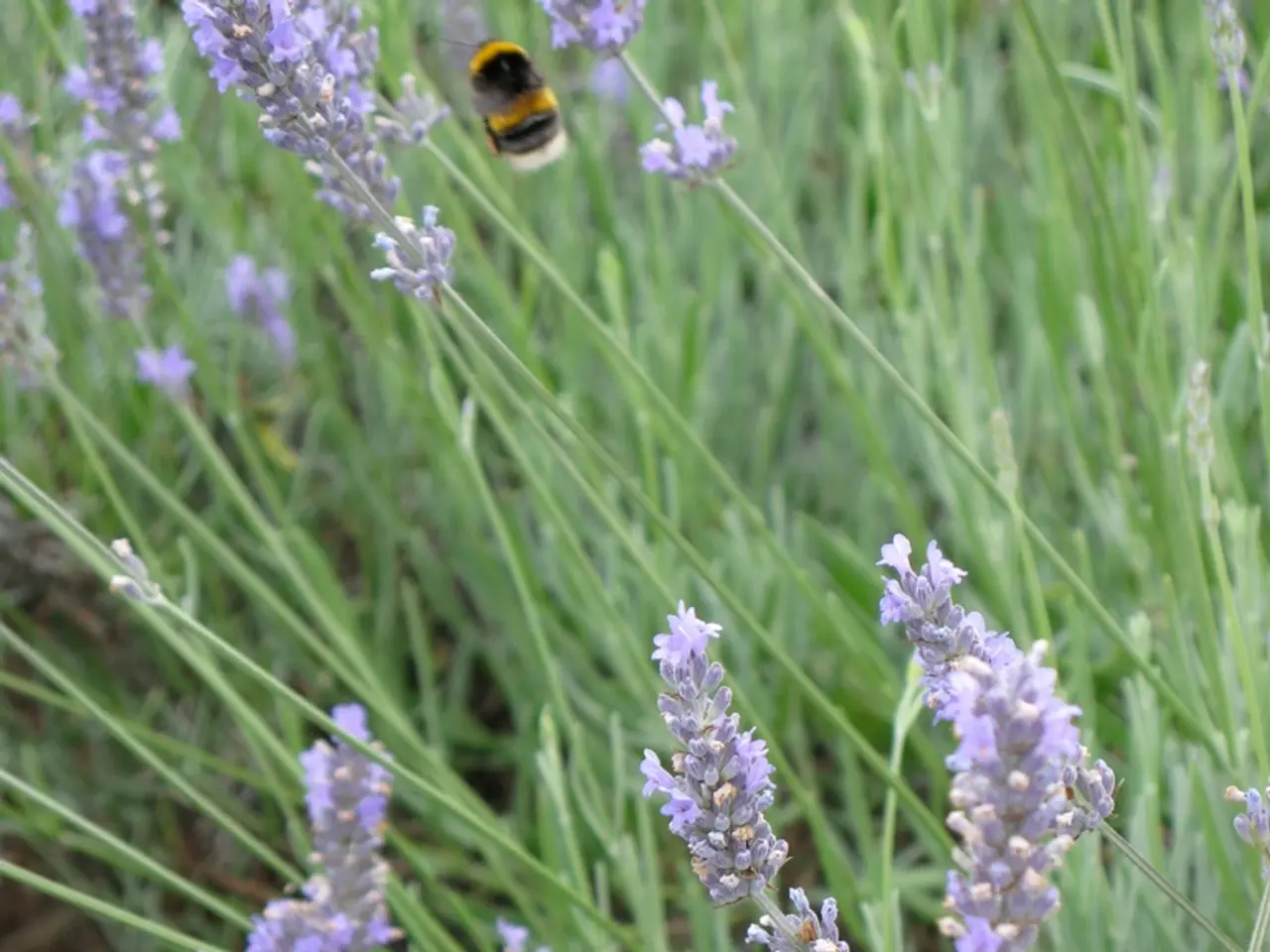Guide for Cultivating Pulmonaria Plants
Lungwort, a low-growing, spring-flowering herbaceous plant, is a perfect addition to shade-loving gardens. Known for its clusters of pink and purple bell-shaped flowers and attractive green leaves often spotted with silvery-white, lungworts brighten shaded garden areas.
Popular lungwort characteristics include a height of 6-12 inches, with mature plants spreading up to 3 feet wide. The flowers bloom in early spring, offering a vibrant spectacle of vibrant pink, purple, and sometimes blue hues. The foliage, green leaves with silvery or white spots, persist and add interest after flowering.
Lungworts are hardy plants, thriving in zones 3-9, making them adaptable to various climates. They prefer well-drained but consistently moist soil, often found in their natural habitat on moist forest floors. Lungworts thrive best in full shade to partial shade, tolerating darker garden corners better than most perennials.
When it comes to care, lungworts require little maintenance once established. Keep the soil moist, especially during dry spells, to maintain vigor and foliage health. After the blooming ends in mid-summer, foliage may look tired; cutting back foliage encourages fresh new growth and extends garden interest into fall.
Division is the best method of propagation, done after flowering or in autumn. This can be done by dividing and transplanting the plants. Early spring division is good before hosta leaves unfurl if planting near hostas.
Lungworts pair well with other shade-loving plants such as hostas and bleeding hearts for a diverse shade garden. They are also bee-friendly, particularly associated with the hairy-footed flower bee, Anthophora plumipes.
With their adaptability to shade, combined with their ornamental flowers and foliage, lungworts are a highly recommended perennial for shade gardens seeking color and texture. Some popular species and cultivars include Pulmonaria officinalis, Pulmonaria angustifolia, Pulmonaria saccarata, 'Dora Bielefeld', 'Glacier', 'Pulmonaria rubra', 'Saccharata', 'Red Freckles', and 'Ocupol'.
In conclusion, plant lungwort in moist, well-drained soil in full or partial shade, keep it watered, cut back foliage after flowering to refresh growth, and divide plants every few years to maintain health and spread. With these simple care instructions, you can enjoy the beauty and versatility of lungworts in your own garden.
This stunning perennial, lungwort, is a great choice for home-and-garden owners looking to enhance their shade-loving gardens and home-and-garden landscapes with a touch of vibrant color. By pairing lungworts with other shade-loving plants like hostas and bleeding hearts, you can create a beautiful and diverse home-and-garden lifestyle, especially attractive to bees such as the hairy-footed flower bee, Anthophora plumipes. With a wide variety of species and cultivars like Pulmonaria officinalis, Pulmonaria angustifolia, and 'Red Freckles' available, you can easily cultivate this hardy plant in your home-and-garden to enjoy its captivating foliage and flowers year-round.




